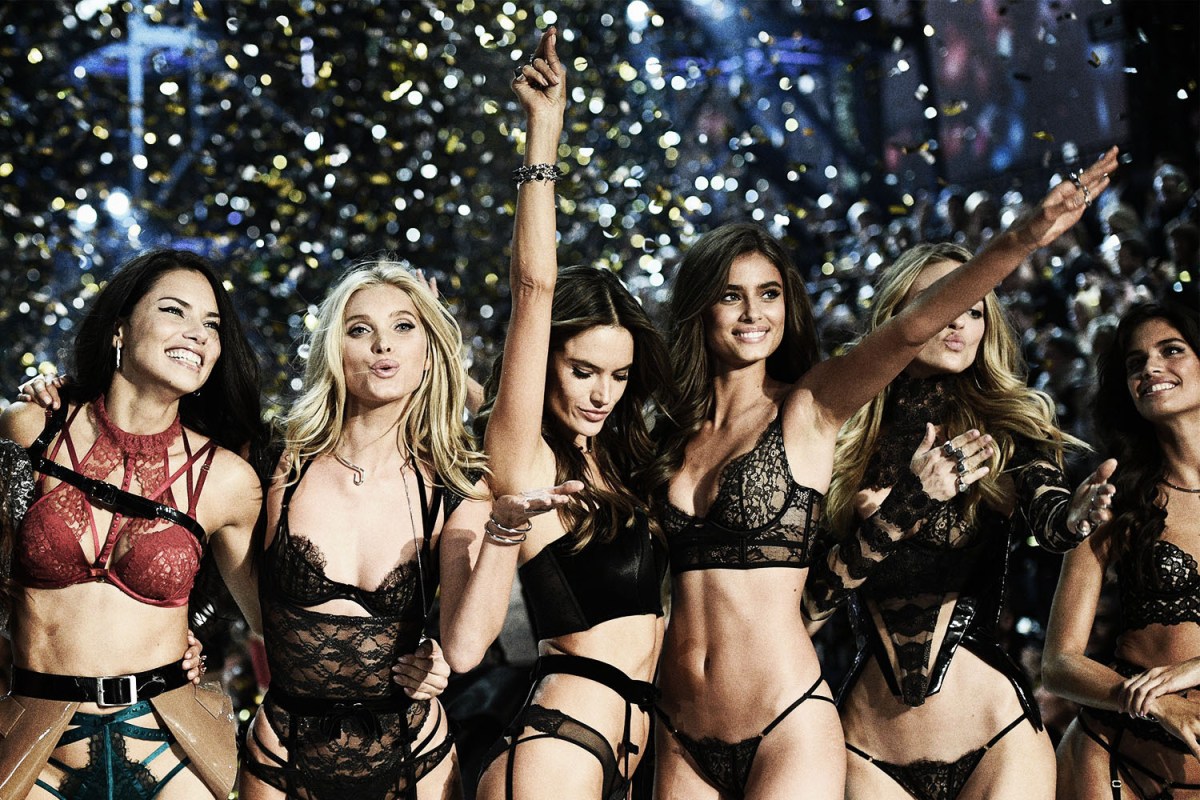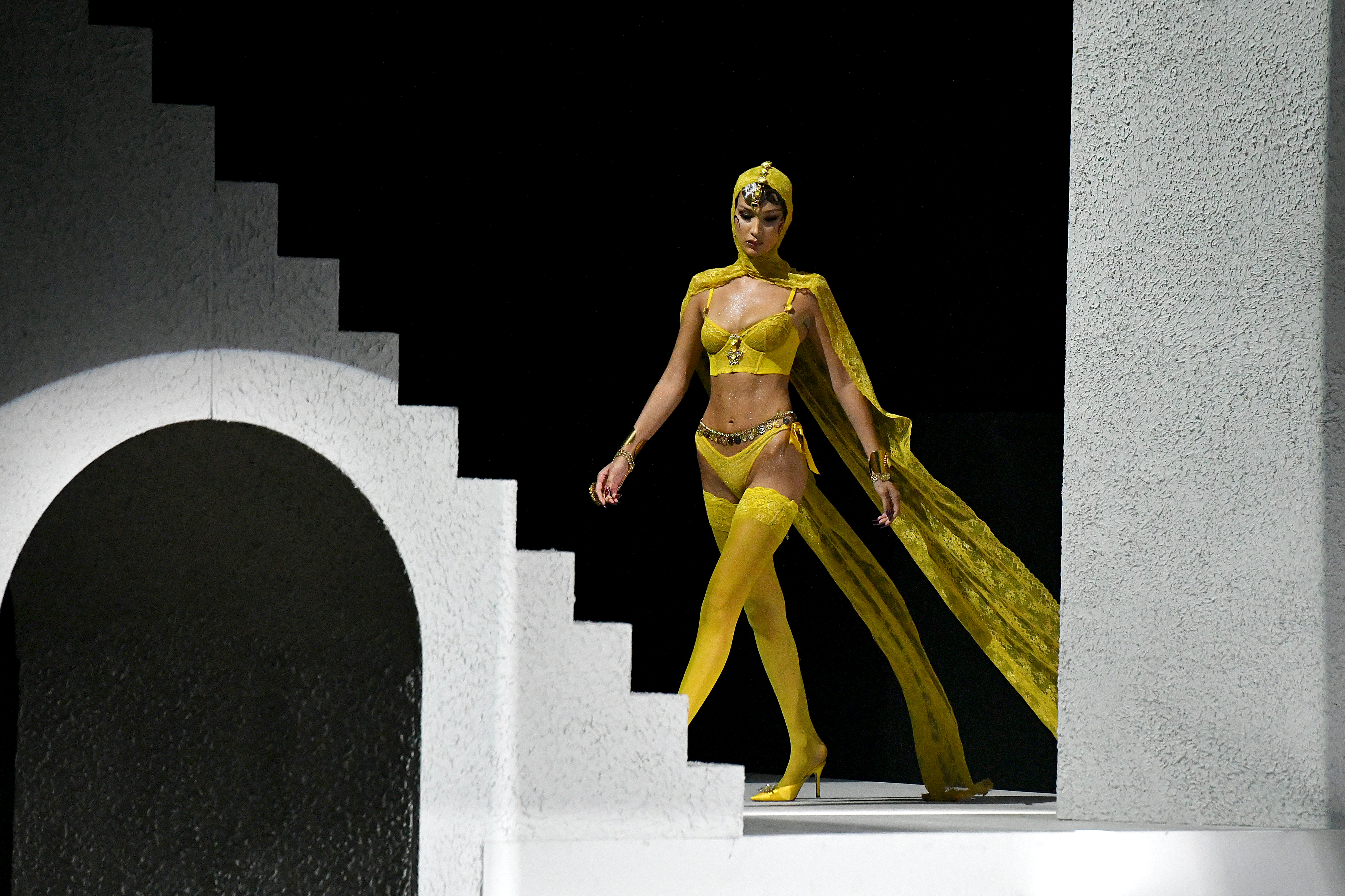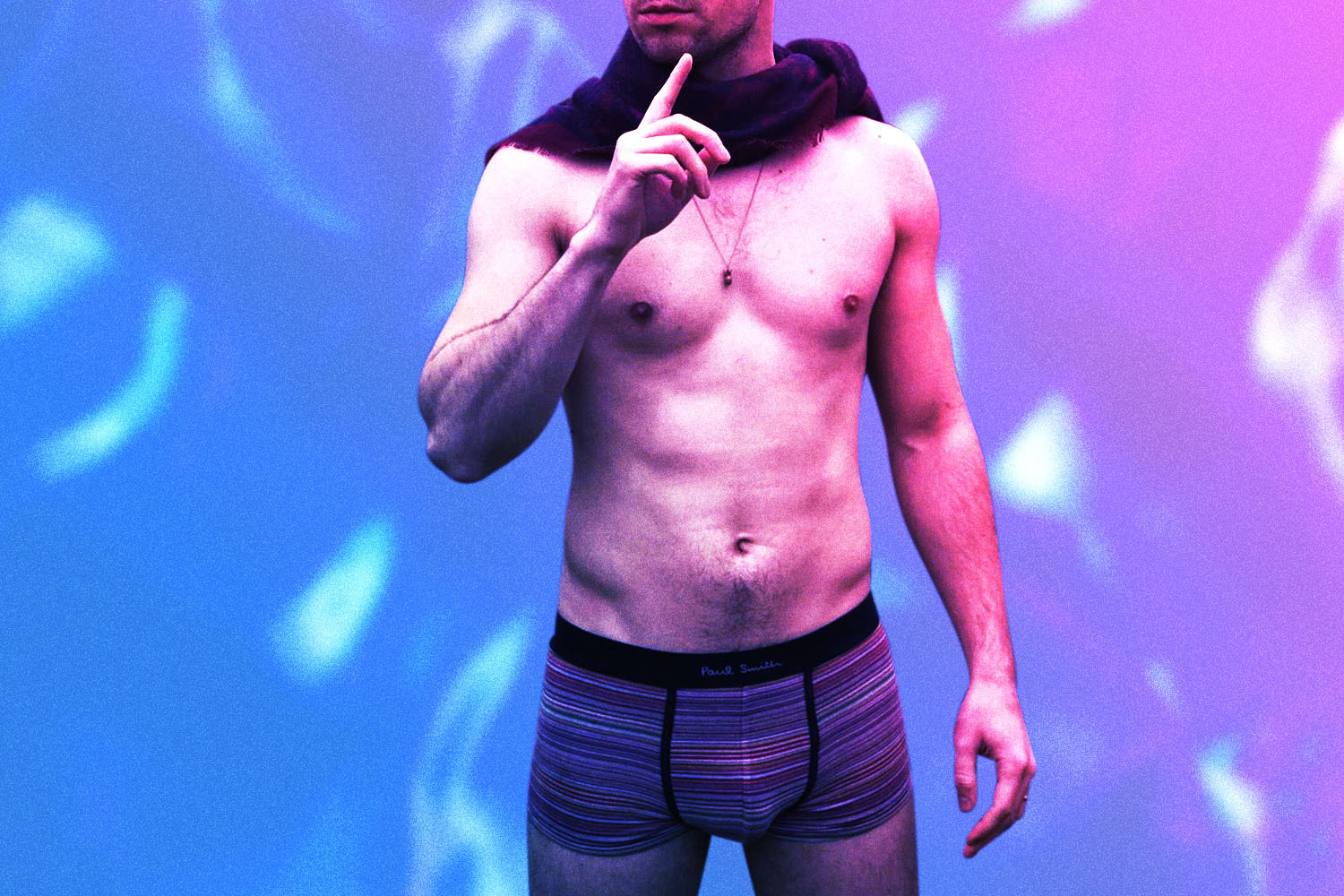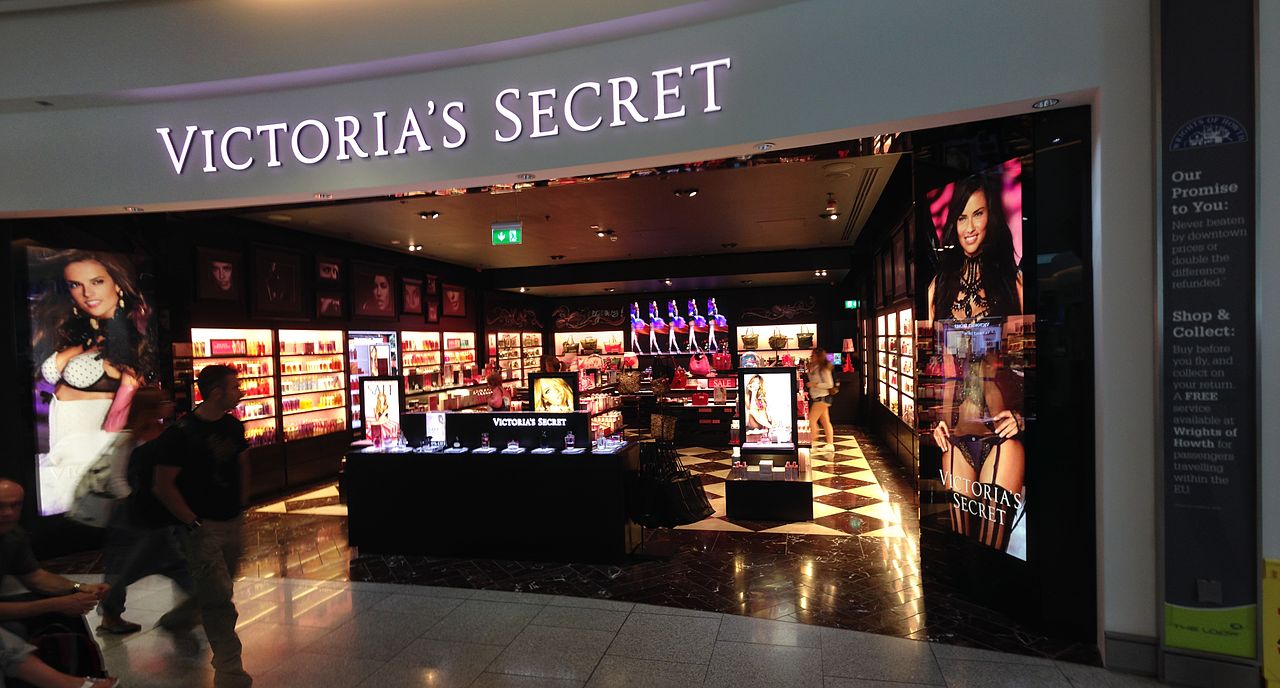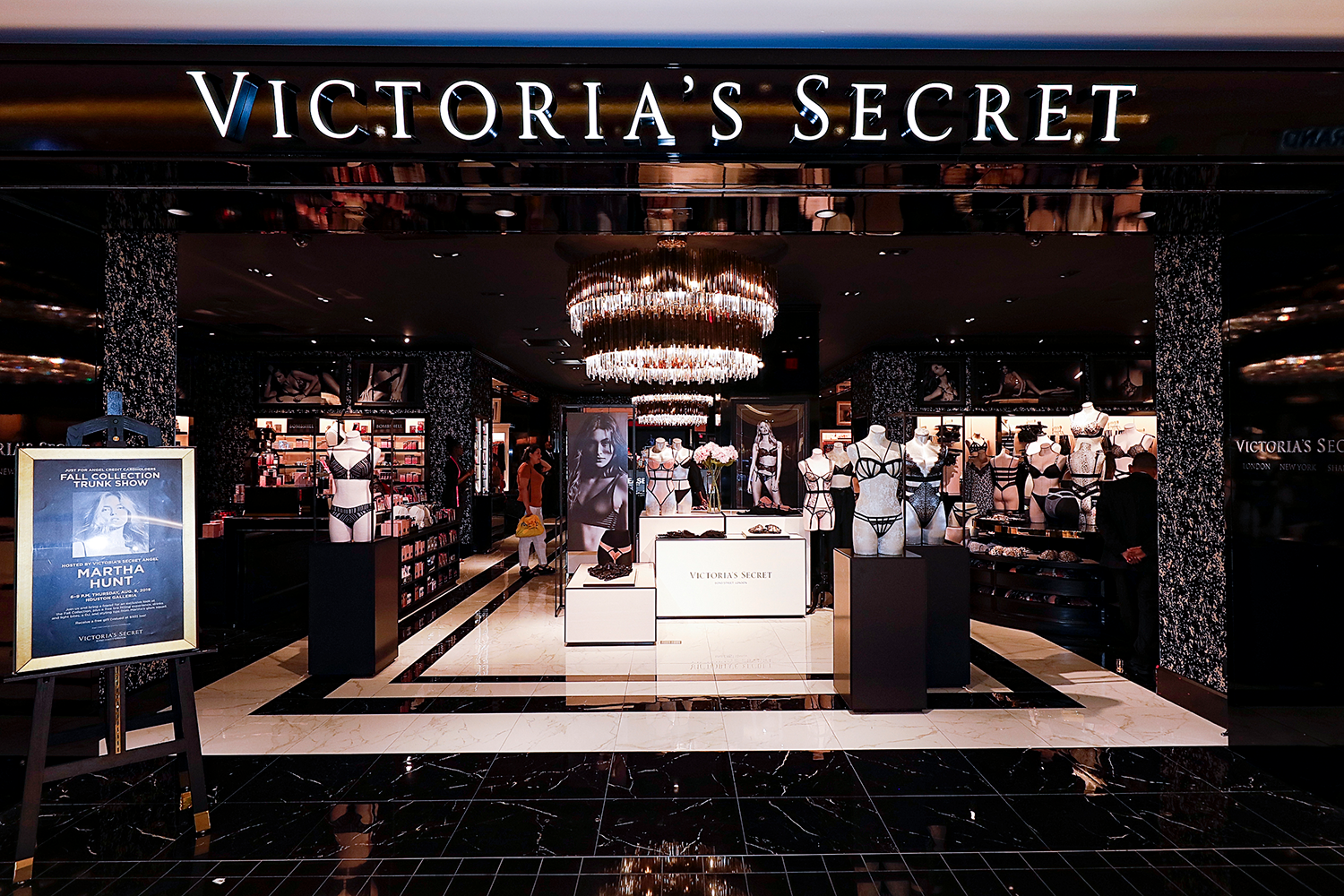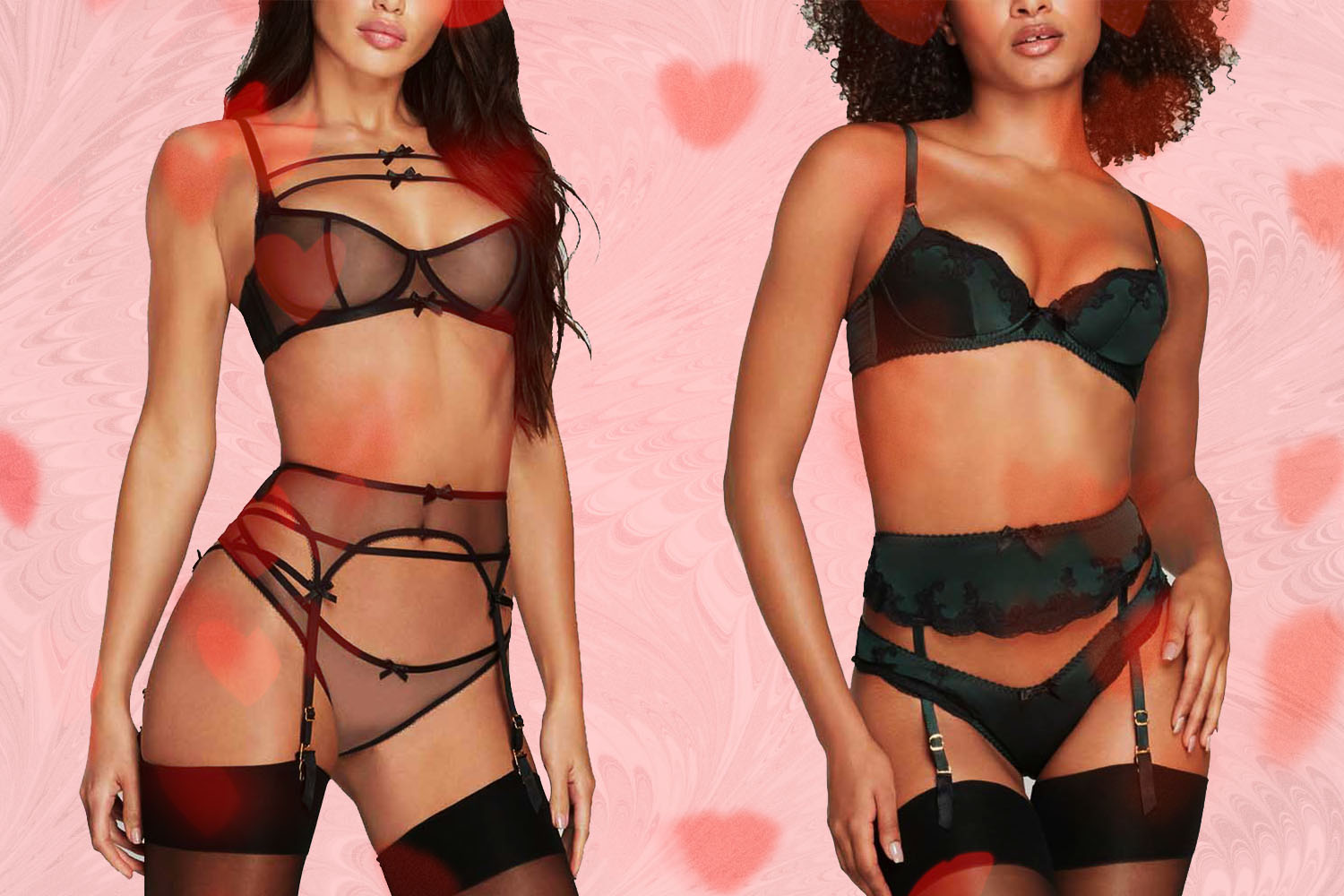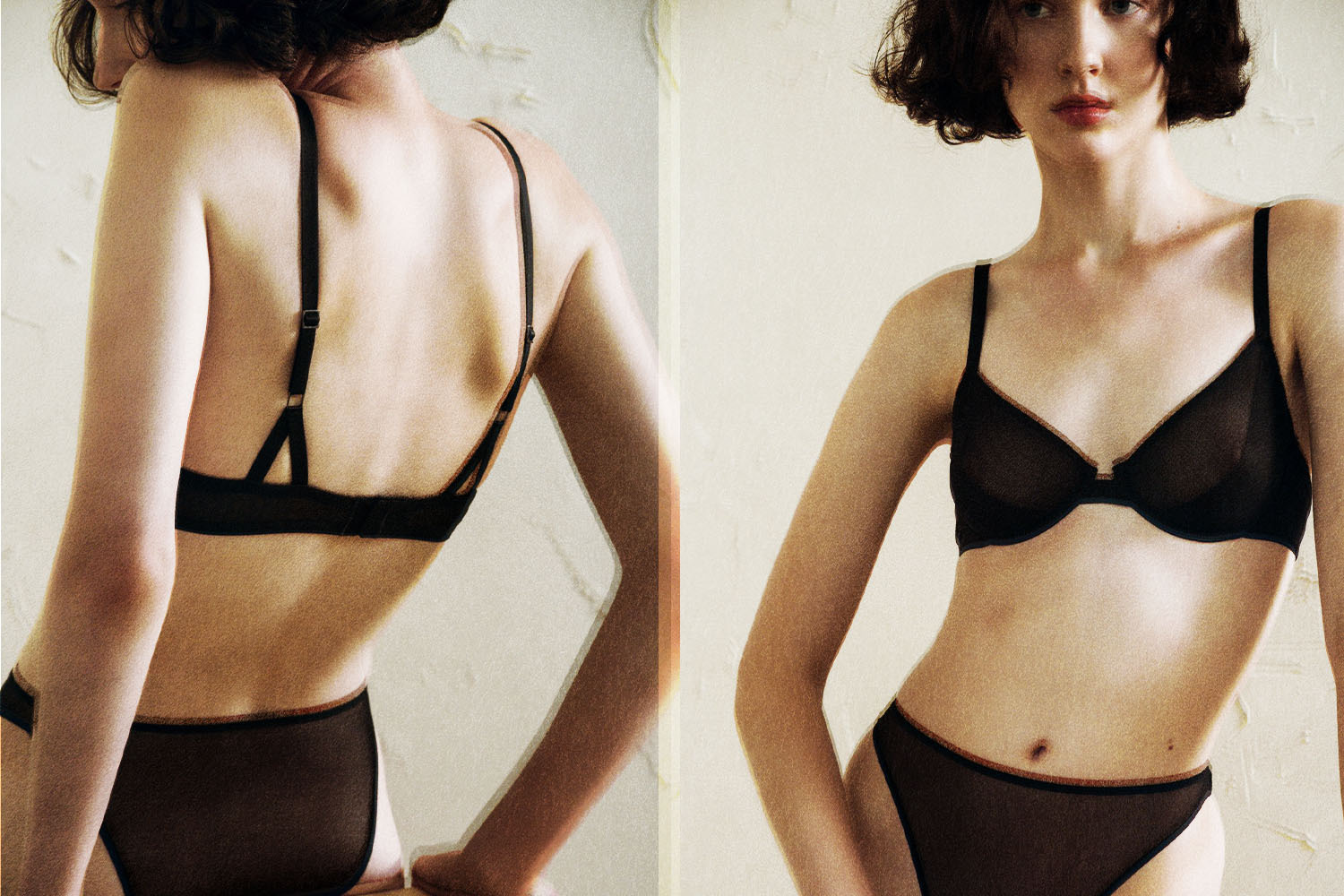For a girl like myself entering her teens in the year 2010, the idea of purchasing an undergarment from anywhere other than Victoria’s Secret felt suicidal. Inside malls all over the country, teen and even preteen girls could be found in tears outside the entrance to that hallowed wonderland of five-for-$28 panties and bras that promised to “add two cup sizes,” begging their mothers to buy them just a single lace thong. After all, if you couldn’t strip down to a lacy Victoria’s Secret V-String in the locker room before gym class, or at least a pair of briefs with the word “PINK” splashed across the buttocks, you might as well go without underwear altogether; the humiliation level would be the same.
These days, however, no self-respecting woman or girl would be caught dead within the boudoir-style walls of a Victoria’s Secret, founded in 1977 and fashioned after a male fantasy to make men feel more comfortable shopping for lingerie. In a mere decade, public sentiment toward Victoria’s Secret has done a complete 180, as the once-revered brand failed, then refused, to adapt to shifting cultural attitudes toward its primary product: female sexuality. The bombshell aesthetic Victoria’s Secret represented and sold for decades first fell out of fashion as competitors responded to consumer demand for less overtly sexualized, more inclusive marketing and products in the wake of the body positive and #MeToo movements, then became a subject of open scorn as the brand weathered a series of PR snafus in the latter half of the last decade, including transphobic remarks from Victoria’s Secret’s former Chief Marketing Officer, ties to Jeffrey Epstein and a sexist corporate culture that thrived at the company for decades. Today, Victoria’s Secret and the prescriptive version of pushed-up, blown-out, airbrushed sexuality it sold for decades is not merely out of fashion — it’s a social ill.
But that’s all about to change, or so hopes Victoria’s Secret, anyway. Last week, the embattled lingerie company announced the launch of what the New York Times tentatively calls, “the most extreme and unabashed attempt at a brand turnaround in recent memory.” In place of the Victoria’s Secret Angels — the living embodiment of the brand’s male-fantasized aesthetic who used to strut the runway at the defunct Victoria’s Secret Fashion Show decked out in massive wings and multi-million-dollar “Fantasy Bras” — the new “VS Collective” hopes to lead Victoria and her secret into a more enlightened, inclusive era. Instead of the winged supermodels who have helmed the brand for decades, the VS Collective consists of a diverse array of notable figures, including soccer star Megan Rapinoe, skier and teen Olympian Eileen Gu, biracial model and inclusivity advocate Paloma Elsesser, and actress Priyanka Chopra Jonas. Compared to the Angels whose place they’re taking, the women of the VS Collective represent a significantly more diverse group in terms of race, age, size and vocation, and they’ve been tasked with spearheading Victoria’s Secret’s new campaign, one that hopes to revitalize the dying brand by essentially doing the same thing its competitors did years ago: becoming the anti-Victoria’s Secret.
“When the world was changing, we were too slow to respond,” Martin Waters, the former head of Victoria’s Secret’s international business and the brand’s current chief executive, told the Times. “We needed to stop being about what men want and to be about what women want.”
In addition to dropping the Angels, whose once-ubiquitous imagery is in the process of being stripped from remaining stores, Victoria’s Secret’s recent attempts to become “what women want” have included the brand’s first-ever Mother’s Day campaign (motherhood was not previously compatible with Victoria’s Secret’s version of sexy) as well as announcements of a forthcoming line of nursing bras and other TBA products on which ambassadors Rapinoe and Chopra Jonas will reportedly collaborate.
As of right now, however, the brand’s offerings remain largely unchanged, inviting increased skepticism from the many critics who question whether Victoria’s Secret’s long-overdue rehabilitation isn’t far too little, much too late. Among those skeptics is lingerie expert Cora Harrington, founder of the blog The Lingerie Addict and author of In Intimate Detail: How to Choose, Wear, and Love Lingerie, who noted in a recent Twitter thread that the brand’s current product line seems to show “no alignment with the campaign they just made a big deal about,” clearly undercutting the announcement. We tapped Harrington for her take on the Victoria’s Secret rebrand, and whether this eleventh-hour makeover actually stands a chance of rehabbing the brand’s tarnished image.
InsideHook: Victoria’s Secret is clearly way too late to this game, and is basically trying to do what its competitors started doing a decade ago: becoming the anti-Victoria’s Secret. Do you think Victoria’s Secret can actually win back the customers it lost by copying the brands that won those customers over years ago?
Cora Harrington: I believe any claims of a new direction are near-meaningless without a size range expansion. It doesn’t matter how many new spokesmodels you have, how much you talk about diversity and inclusivity; if people can’t wear the product, everything you say is DOA. Victoria’s Secret is also in the unenviable position of having people quite literally hate them and wish for their demise — and as much as I usually want brands to succeed, I can’t say it’s undeserved. They’ve had decades to change course, to break new ground, to truly lead the lingerie industry into the next iteration, and they chose not to, again and again and again. Now people think their attempts to course-correct are hollow and self-serving. A comeback isn’t necessarily impossible, but it will certainly be a struggle. It will certainly take years. And it will certainly be orders of magnitude more difficult than if they had just handled the brand better a few years ago.
Consumers who left Victoria’s Secret in search of size inclusivity and more diverse, inclusive branding already have tons of options in the various stores that popped up amid the VS demise. Why would those customers go back? Who is this campaign for, and who — if anyone — is it going to work on?
The pertinent fact about lingerie is that once people find a new favorite brand, they’re often reluctant to change. Anything Victoria’s Secret does now will be seen as copying others. It will be seen as fake and unimaginative. This new direction may work on people who don’t have such firmly negative feelings about Victoria’s Secret, but I don’t know how many of those people exist, or if they’ll even care.
You mentioned that Victoria’s Secret’s current line of products 1) don’t seem to reflect the ethos of the new campaign they just launched, and 2) are kind of boring. What styles and aesthetic would you expect to see from a company attempting this kind of rebrand?
I can’t help but compare Victoria’s Secret’s attempted rebrand to the astonishingly successful rebrand of Aerie back in 2014 with the Aerie Real campaign. Before Aerie Real, the Aerie brand was essentially a non-entity. People thought it was boring, dull and not worth paying attention to. American Eagle pulled the brand back for a while, including closing lots of stores. When they reappeared, Aerie Real made shockwaves in the intimate apparel industry. But a key thing Aerie did, I believe, was launch everything at once. They debuted the name of the new campaign and the new direction of the company concurrent with all new marketing materials and advertising. They didn’t discuss Aerie Real and then wait several months to bring the goods. Victoria’s Secret has made a big splash with this press announcement, but the truth is nothing on their website has changed. Will consumers still remember, or care, when this new direction shows up on the website, if it ever does? I would expect to see these new spokesmodels in the products. I would expect to see new models reflective of these spokesmodels — more athletes, more people of color, more LGBTQ+ people — on the website. For all this talk of change, if the models are still the same, it doesn’t matter.
You also mentioned the stunning speed with which media coverage of Victoria’s Secret did a complete 180. When do you think this transformation began, and why do you think it gained speed so quickly?
As someone who’s been watching Victoria’s Secret — and therefore media coverage of Victoria’s Secret — for years, this is particularly fascinating to me. Journalists went from overwhelmingly positive press to more neutral press to explicitly highlighting Victoria’s Secret’s failures. I’m not a journalist, so I’m not sure what the process for that sort of shift is or what conversations happen in newsrooms in advance of these changes. However, I also compare this to the way many startup and newer lingerie brands — such as SavageX, ThirdLove and Parade — are being covered now, and it’s often with the same absence of analysis and a rehashing of press releases. I would say a watershed moment in this transformation of journalistic coverage was Ed Razek’s interview in Vogue. It was as though, suddenly, it became okay to criticize Victoria’s Secret, and that’s not let up since.
The Victoria’s Secret brand and its vision of idealized female sexuality as seen through the male gaze is obviously dated, but is there still a place for the aesthetic Victoria’s Secret built that brand on — traditionally “sexy,” boudoir-inspired lingerie — but without the prescriptive, male-gazey branding?
That is the question, isn’t it? I imagine Victoria’s Secret could try to wait around until bombshell sexy becomes fashionable again — after all, trends are cyclical. But what we do know is right now, Victoria’s Secret’s aesthetic is out of date, and if they want to have any hope of seeing the future of intimate apparel, they need to make these adjustments now. The vision of sexiness that Ed Razek and Les Wexner developed, today’s lingerie consumers don’t want that anymore. They want to feel empowered. They want to feel connected. They want to feel like they can see themselves in the models. Years ago, when the Victoria’s Secret Angels campaign started, it was revolutionary because it offered the possibility of being “supermodel adjacent,” of having a piece of the glamorous world of fashion one might only see in Vogue. But the world has moved on. Even Vogue isn’t the sole arbiter of style anymore, and today’s lingerie consumers have plenty of style models to look up to, not just fashion models.
The Charge will help you move better, think clearer and stay in the game longer. Subscribe to our wellness newsletter today.
